History
In 1850, the San Francisco based company, Thomas Day Co. started as a cutlery business and expanded into plumbing, producing gas fittings and coal oil lanterns.
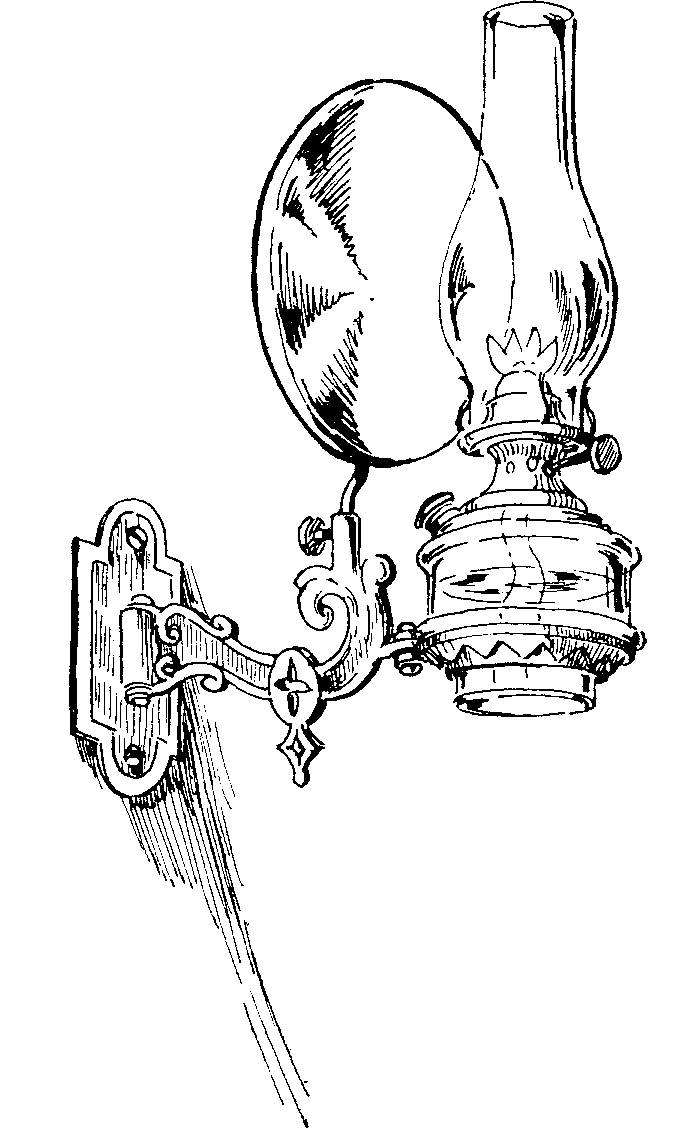
With the introduction of manufactured gas during the California Gold Rush, they expanded operations to meet the growing needs of local industry.
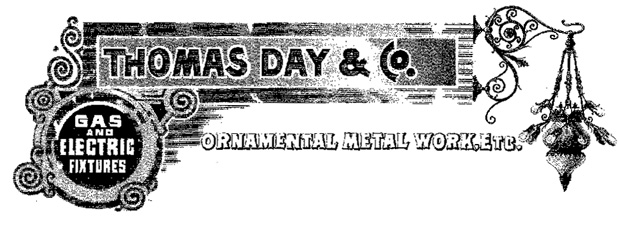
It was from their original location on Montgomery Street that the Thomas Day Company illuminated San Francisco with the City’s first fueled street lanterns.
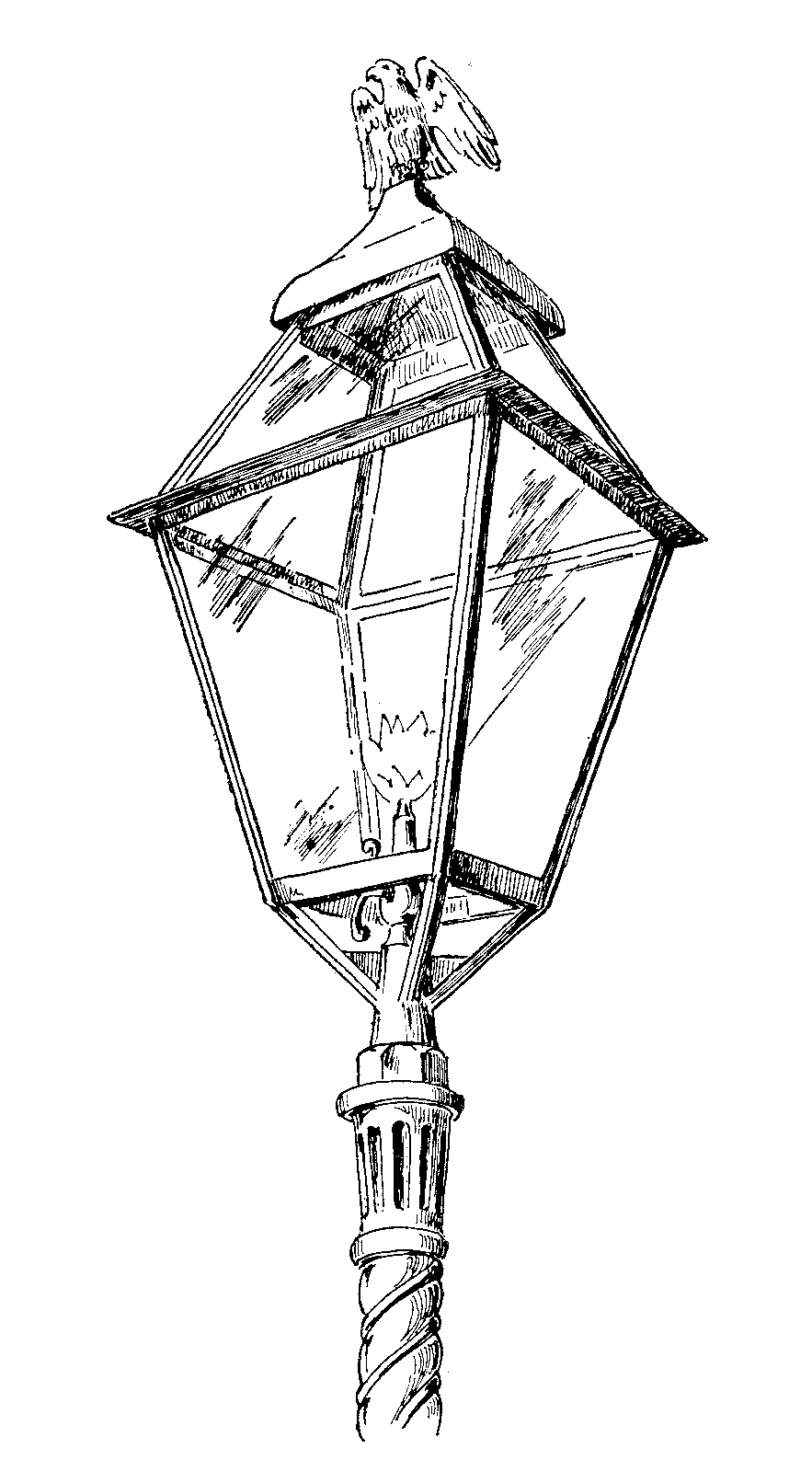
These street lamps were connected to the city’s first underground gas mains and required a “lamp-lighter” to service them in the mornings and evenings.
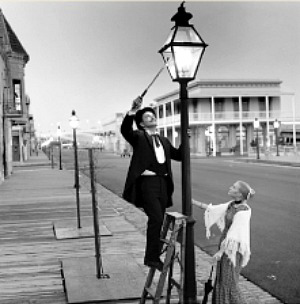
Gas power quickly gained public favor and the Thomas Day Company was at the forefront to meet the city’s demand.
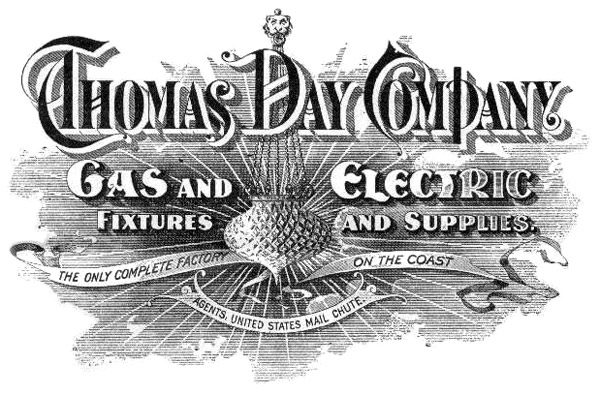
In 1879, San Francisco became the first city to have a central electricity generating station. It was located at Fourth and Market, which is now one of the busiest corners in the city.
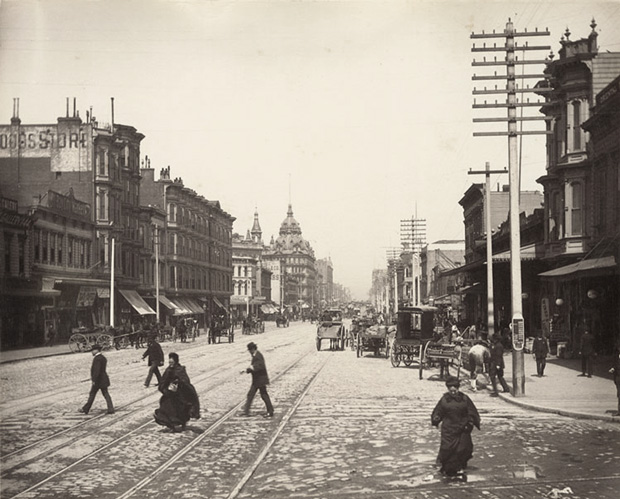
Thomas Day Company modified their existing gas fixtures for the new power source as well as began to design and manufacture new fixtures for many of the great turn-of-the-century residences and businesses.
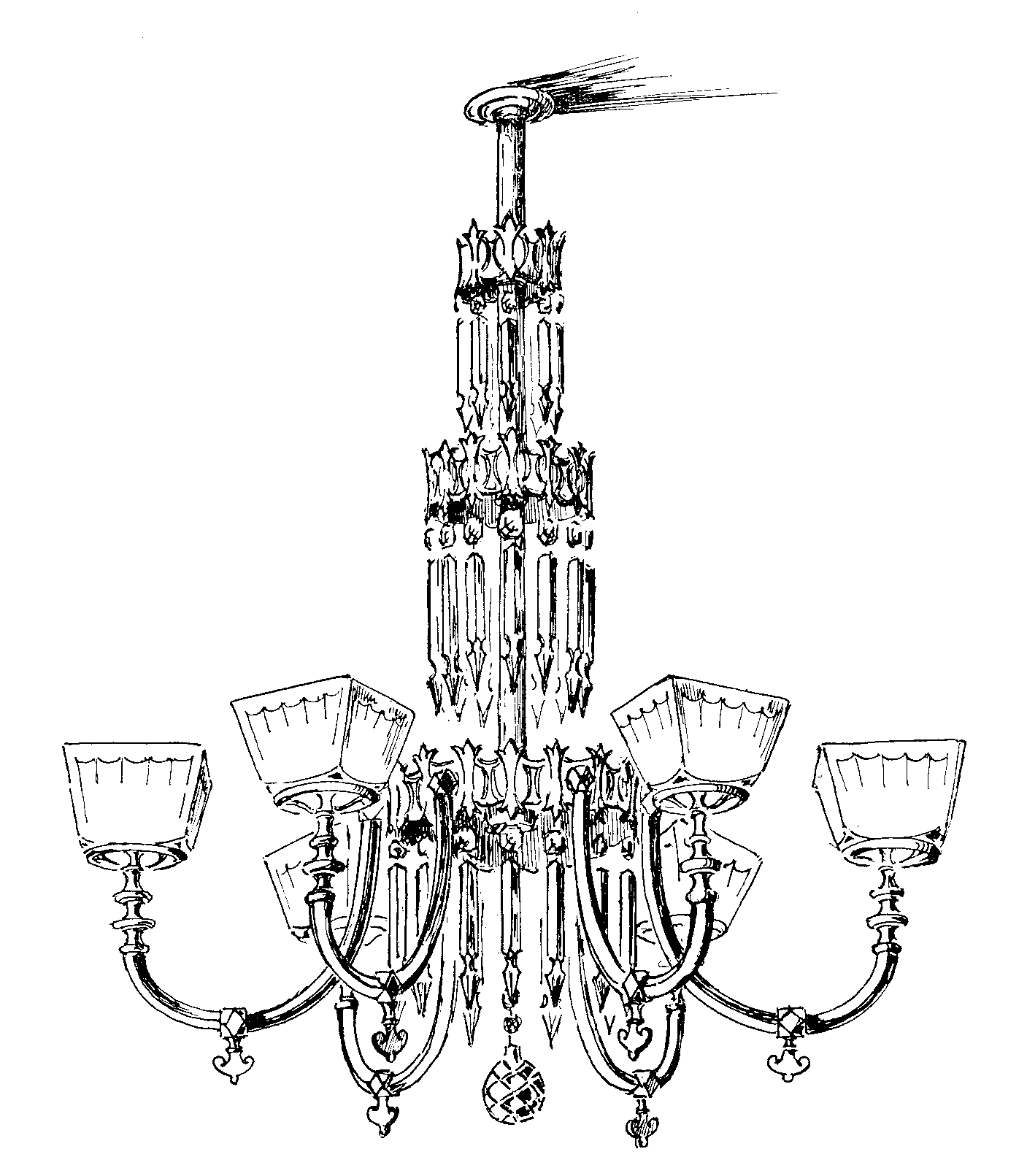
Soon after the devastating earthquake and fire of 1906, the company emerged by taking on the opportunity to outfit the many construction projects as the community recovered.
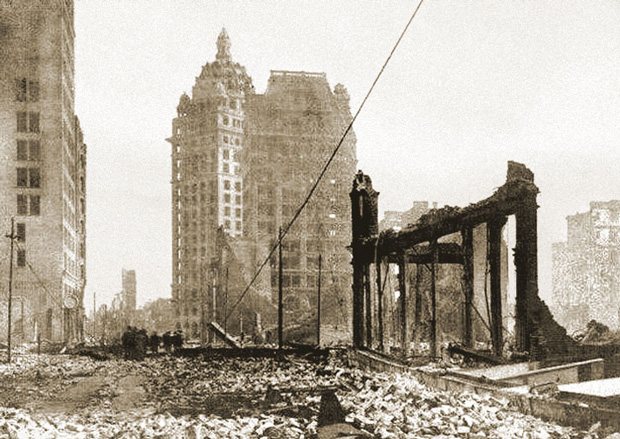
It was at this time that their distinct skills as fixture designers became central to their work, as most projects were customized to the unique style of each building.
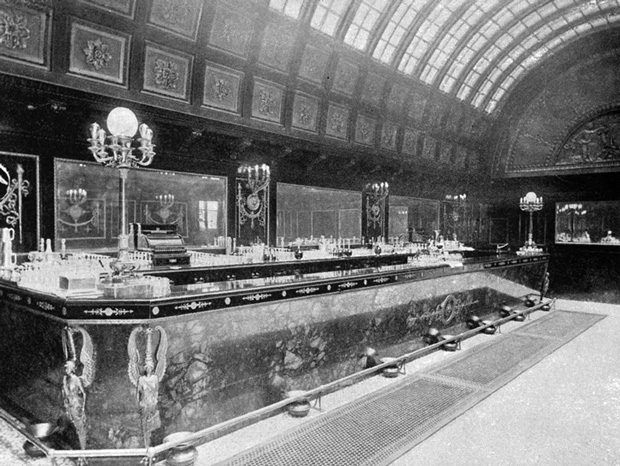
When the early leaders of the Thomas Day Company began to retire from the business, Joseph Guglielmo became president and renamed the firm Phoenix Day Company.
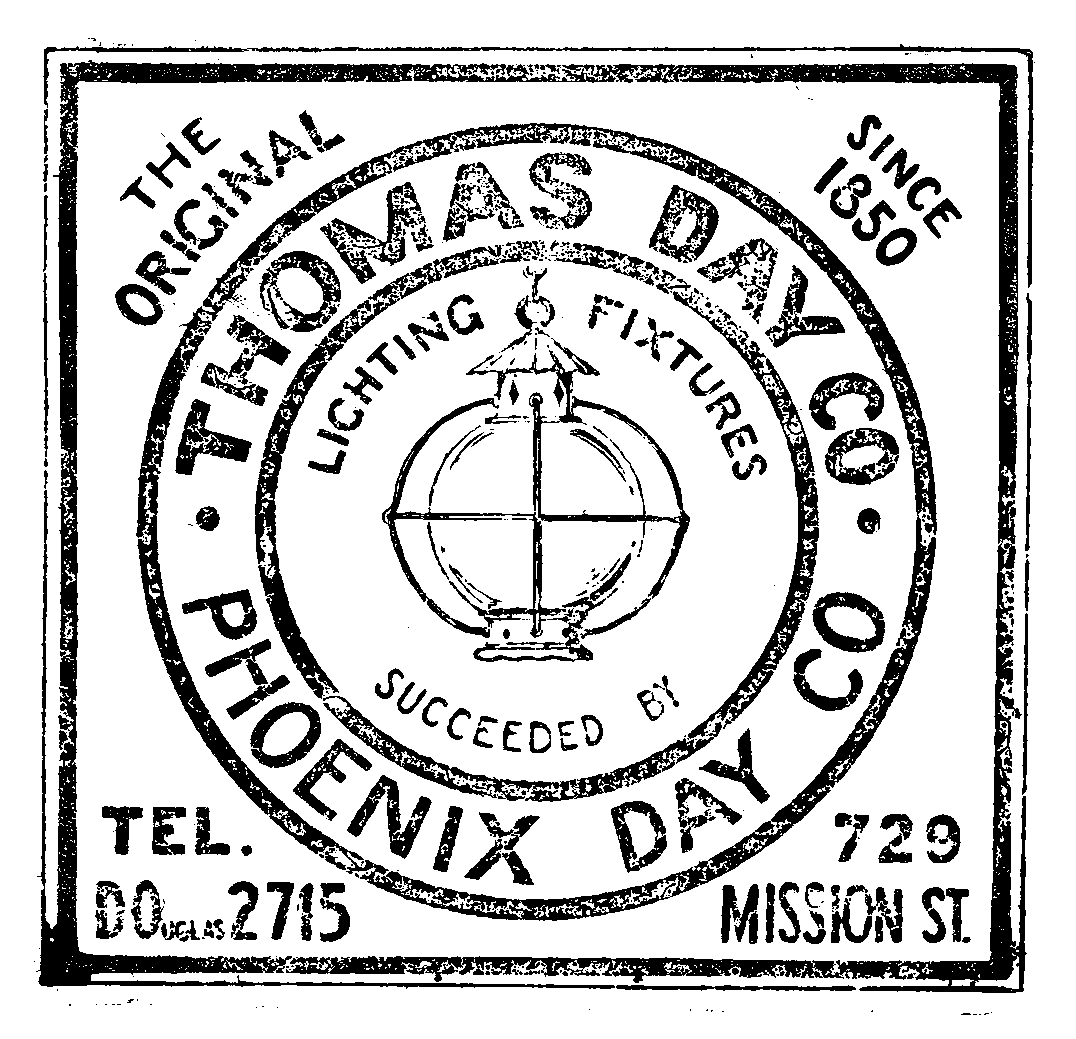
This new identity was conceptualized from the company’s efforts to rebuild its home city; the phoenix rising from its own ashes serves as a symbol of San Francisco after 1906.
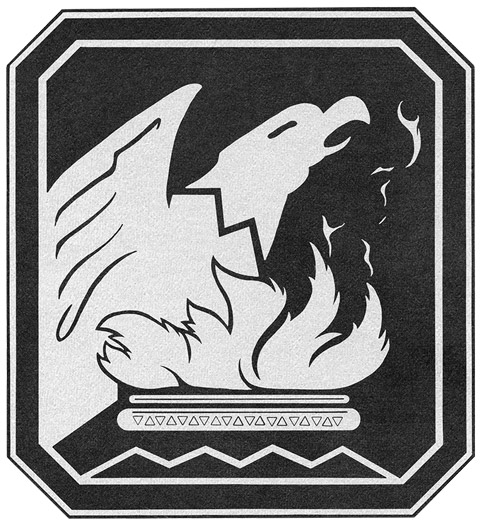
Until the end of World War II, it was common for businesses from the same industry in San Francisco to be located together. Including the location of the new Phoenix Day Company, metalworking shops ran for about seven blocks up Mission Street.
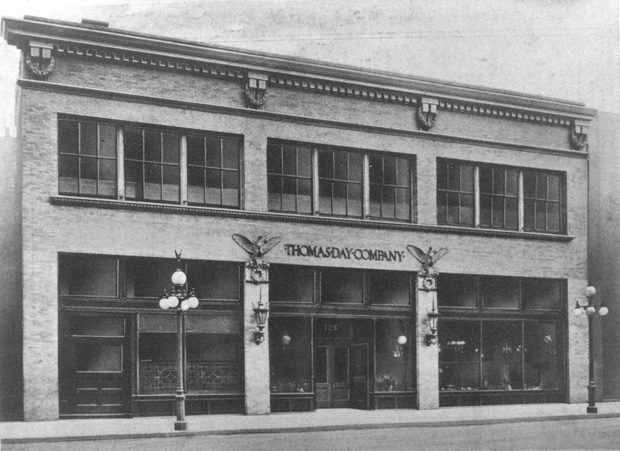
Under its new avatar and through the creative genius of their loyal designer, Milton B. Roller, Phoenix Day started producing an eclectic assortment of hand-drawn design sketches and renderings, which Mr. Roller would often compose on-location for client’s.
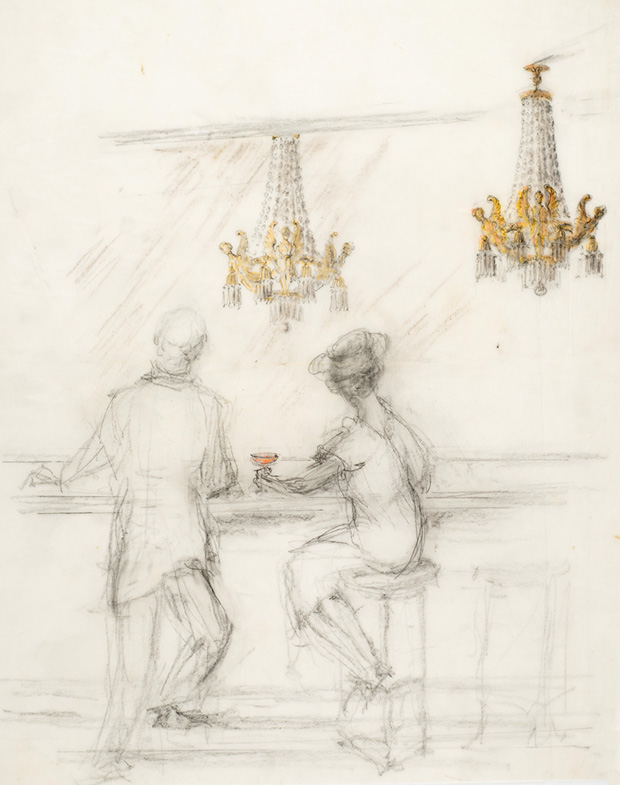
Mr. Roller’s life’s work is a cherished collection that is quintessential to Phoenix Day’s heritage. It embodies a part of San Francisco’s rich history and exhibits an antiquated art form.
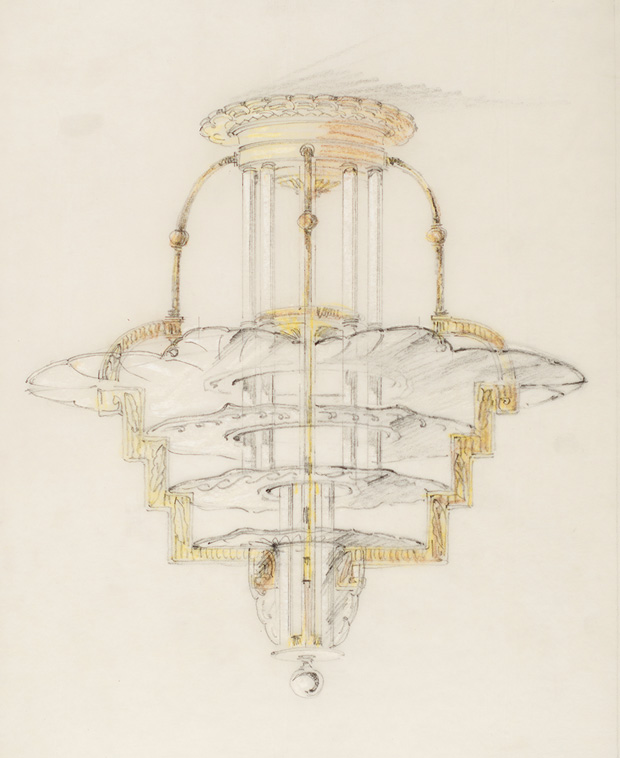
Phoenix Day brought light to many landmark locations over the years and much of this work was inspired from Mr. Roller’s designs, including the iconic twenty-eight foot sunburst chandelier in the San Francisco Opera House.
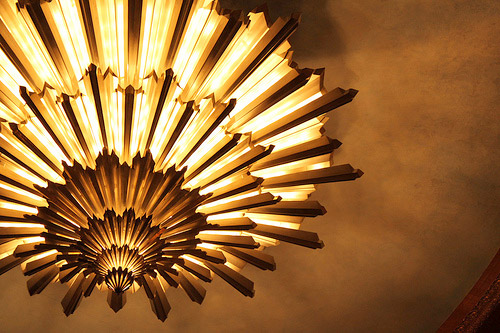
The teardrop crystal chandeliers that fill the Garden Court of the Palace Hotel with eminence
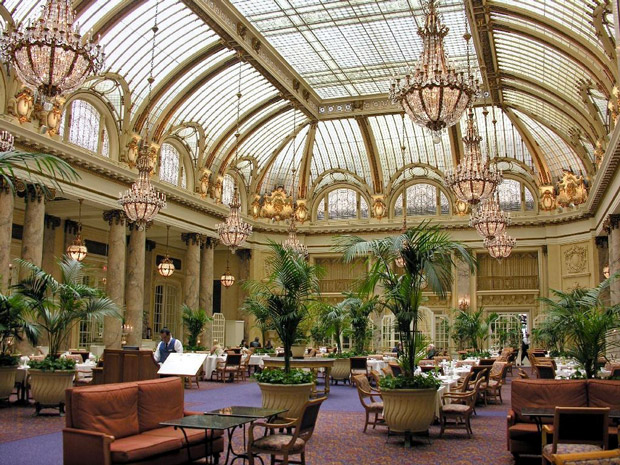
The lighting seen throughout the Ahwahnee Hotel with motifs that evoke the culture, tradition and history of the Native American people of the Yosemite Valley
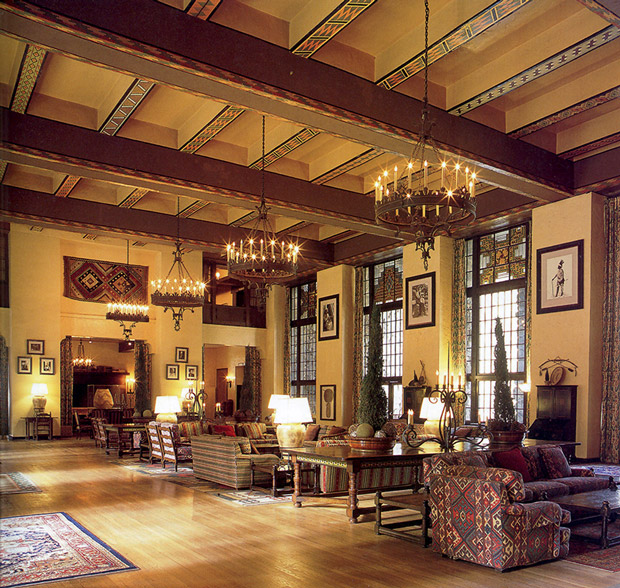
The fixtures in the Redwood Room of the Clift Hotel that fascinate the umber walls with crystal accent and an Art Deco hum
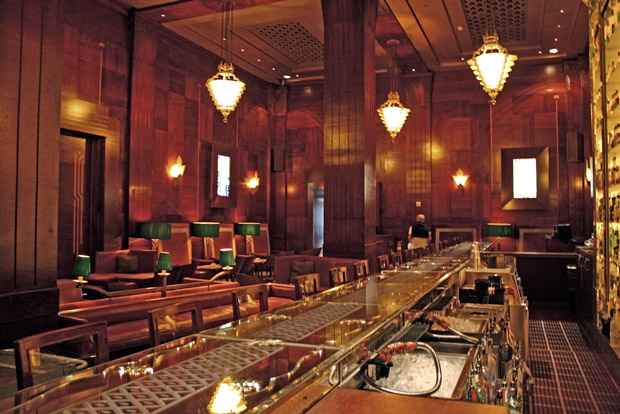
Phoenix Day also garnished such notable establishments as The Royal Hawaiian Hotel in Waikiki, The Bohemian Club, The Fairmont Hotel, Stanford University and the Student Library of the Lone Mountain Campus of the University of San Francisco.
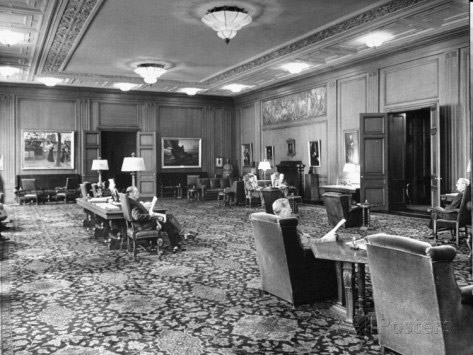
In the 1950’s, Mr. Guglielmo’s niece and nephew, Pat and Lawrence Fambrini, took over the reigns of Phoenix Day. Carrying on the family legacy, they continued the artisanal traditions and grew the company into its current repute.
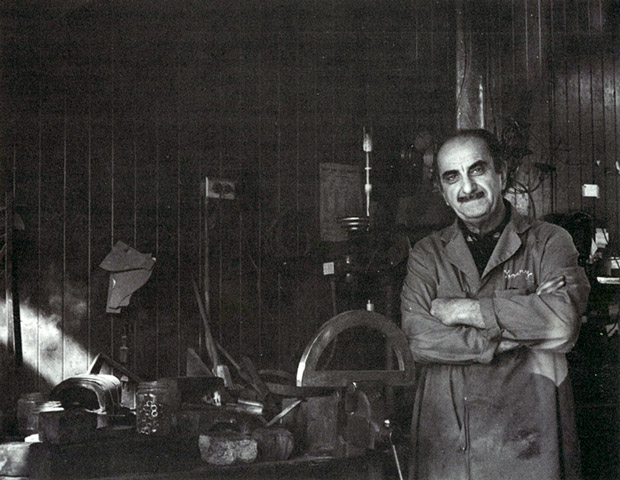
The Fambrini’s nephew, Tony Brenta, got involved with the business in the 1980’s, followed by his cousin, Gayanne Fambrini.

At the turn of the millennium, Tony and Gayanne acquired the business and moved the facility to the Bayview District in San Francisco, where it operated for 30 years.
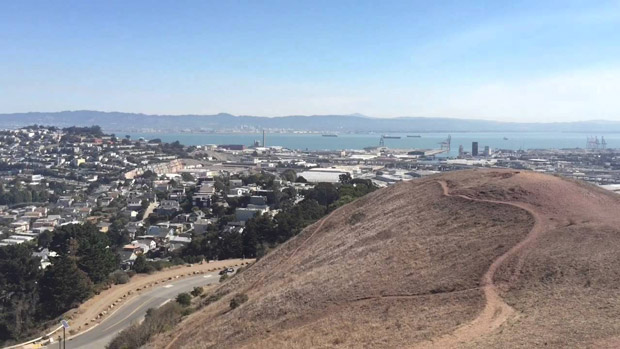
In 2008, Tony Brenta became the sole proprietor along with his wife Joan. Together they have managed and continued to fortify Phoenix Day’s product line and overall presence in the custom lighting design trade.

Phoenix Day continues to support the Bay Area lighting and metalworking communities as experts in historical restoration, working on projects for celebrated establishments such as The Curran Theater and The San Francisco War Memorial & Performing Arts Center.
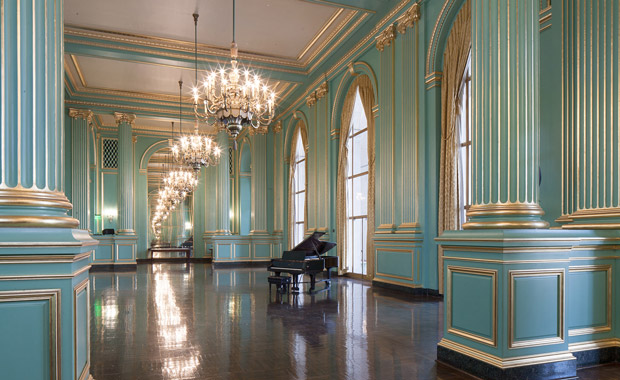
Currently, along with the addition of their son in-law and creative director Landon Gellert, Phoenix Day has moved its manufacturing facility across The Bay to Richmond, and is more focused than ever on staying ahead of changing times by combining their historic traditions with a modern aesthetic.
